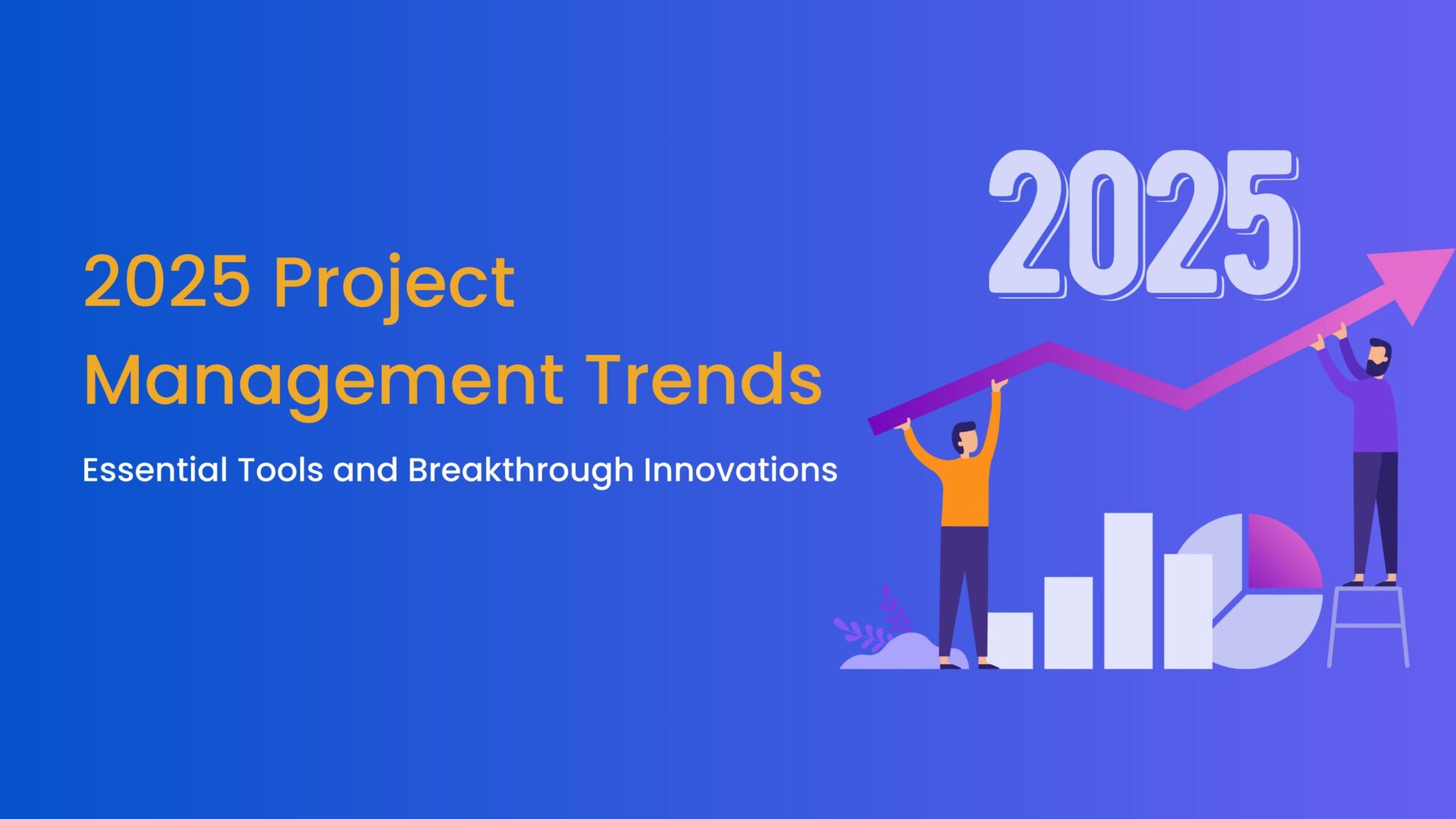Accurately defining and tracking project duration is essential for meeting deadlines, allocating resources efficiently, and ensuring that every phase of the project progresses smoothly. In this guide, we’ll understand what is project duration, and explore strategies for estimating it effectively, and best practices for tracking it within Jira. By understanding these key principles, you’ll be better equipped to lead projects that stay on time and on target, leveraging Jira project management tools to streamline every step.
What is the Project Duration?
Project duration refers to the total time span needed to complete a project from initiation to closure. Unlike “effort,” which reflects the actual hours spent working, project duration measures calendar time, accounting for weekends, holidays, and any downtime. For example, a task that takes 20 hours of effort may span three days if worked on intermittently or over multiple days. By understanding this distinction, project managers can set realistic timelines, allocate resources efficiently, and ensure that all stakeholders stay aligned with the project timeline.
Why is Project Duration Important and How to Estimate It Accurately?
In practical terms, project duration provides the backbone of any project’s schedule. By defining this period upfront, project managers can set accurate expectations, coordinate team members, and identify dependencies between tasks that might influence timelines. Knowing the project duration enables managers to allocate resources more effectively, as they can anticipate when they will need specific skills or team members and for how long.
Here’s a closer look at why it matters and effective strategies for accurate estimation.
Why is Project Duration Important?
- Sets Realistic Timelines: Accurate duration estimates help set achievable deadlines, avoiding the risk of over-promising and under-delivering. With a realistic timeline, teams can plan their work without the pressure of unrealistic due dates, which often lead to rushed, lower-quality output.
- Optimizes Resource Allocation: Knowing the duration allows for strategic resource allocation, so team members are neither overwhelmed with tight deadlines nor left underutilized. This planning reduces bottlenecks and ensures that team members with the required skills are available when needed.
- Helps Manage Stakeholder Expectations: Accurate duration estimates keep stakeholders informed and aligned with the project timeline. By managing expectations about when deliverables will be ready, project managers can maintain trust and foster stronger communication.
- Improves Budget Management: Since project duration affects labor costs, infrastructure, and other time-bound expenses, knowing the expected duration helps to keep costs in check. Underestimating the duration can lead to budget overruns, as maintaining resources longer than expected increases costs.
How to Estimate Project Duration Accurately?
Estimating project duration accurately is essential but challenging, as it involves balancing available data, project complexity, and uncertainties. Here are some effective techniques:
1. Top-Down Estimating
This approach leverages data from similar past projects to make a high-level estimate. Top-down estimating works well in the early stages when a rough estimate is needed quickly. However, it can lack precision if the new project has unique complexities not present in previous ones.
2. Bottom-Up Estimating
In this method, project managers break down the project into smaller tasks, estimate the duration for each, and aggregate these estimates to get the total project duration. This approach is often more accurate as it considers the details of each task but requires more time and input from team members who understand the specific work involved.

3. Parametric Estimating
Parametric estimation uses historical data to calculate estimates based on specific variables. For example, if past data shows that creating one unit takes five hours, producing ten units can be estimated at fifty hours. This technique works best when the tasks are repetitive and similar to past work.

4. Three-Point Estimating
This method provides a balanced estimate by considering three scenarios: optimistic (shortest possible time), pessimistic (longest time if challenges arise), and most likely. The average of these values gives a realistic project duration that accounts for uncertainties.

5. Using Work Breakdown Structure (WBS)
WBS involves breaking the project into smaller tasks, estimating each task’s duration, and summing them up to get the total project duration. This approach clears the visibility of each project phase and improves accuracy from a granular level of detail. However, it is time-consuming and requires detailed project information to be effective. Therefore, estimating duration using WBS is ideal for Complex projects where understanding individual tasks is crucial to setting an accurate duration.
 Factors to Consider for Accurate Duration Estimation
Factors to Consider for Accurate Duration Estimation
- Task Dependencies: Understanding dependencies between tasks helps avoid scheduling conflicts and timeline overlaps.
- Resource Availability: Factoring in the availability of team members with specific skills prevents delays due to resource constraints.
- Uncertainties and Risks: Identifying potential risks and including contingency time can protect the timeline against unexpected challenges.
- Complexity and Scope Changes: The complexity of tasks and any scope adjustments should be considered as they may impact the project’s duration.
Best Practices for Tracking Project Duration in Jira
In tools like Jira, project duration becomes more than just a static timeline, it transforms into an interactive roadmap. Jira enables teams to break down projects into smaller, manageable tasks, assign deadlines, and monitor progress in real-time. This functionality allows for a dynamic view of the project duration, where adjustments can be made as tasks are completed or delayed. In this way, it isn’t just a planning concept, it’s an active part of a project’s lifecycle, helping teams stay on track and adapt as needed.
1. Set Up a Clear Project Structure
Divide your project into Epics, Stories, and Tasks or Subtasks to make tracking progress at multiple levels easier. Then, break down the project using a WBS to detail each phase and activity, ensuring that each task is accounted for in Jira. This structure simplifies tracking and allows for more accurate duration management.
2. Leverage Time Tracking Features
Assign realistic start and due dates for each task, story, or epic to provide structure and help the team prioritize tasks effectively. Encourage team members to enter the original estimated duration and update the remaining time as they progress. This feature monitors actual time spent versus estimated time, allowing for more accurate tracking.
3. Incorporate Task Dependencies to Manage Duration
Identify and mark dependencies between tasks to avoid scheduling conflicts and ensure tasks are completed in the correct order. For instance, if a task depends on another task’s completion, setting this dependency in Jira ensures accurate project sequencing.
4. Use Jira Plugins for Enhanced Tracking
Explore advanced plugins for Jira like TeamBoard ProScheduler, this plugin provides Timeline and Gantt Chart allowing you to visualize project duration using the WBS structure. Track progress, set milestones, map dependencies, and see task impacts to manage project duration effectively.
![]()
Final Thought: Optimizing Project Duration Management in Jira for Success
Effectively managing project duration in Jira is essential for delivering projects on time and within scope. By using Jira features and plugins such as TeamBoard ProScheduler, project managers can gain real-time visibility into progress, address delays proactively, and make data-driven adjustments.
Adopting best practices like breaking down tasks, setting clear timelines, and setting task dependencies ensures smoother project execution. Familiarity with Jira enables teams to optimize project duration and drive success.


 Factors to Consider for Accurate Duration Estimation
Factors to Consider for Accurate Duration Estimation












